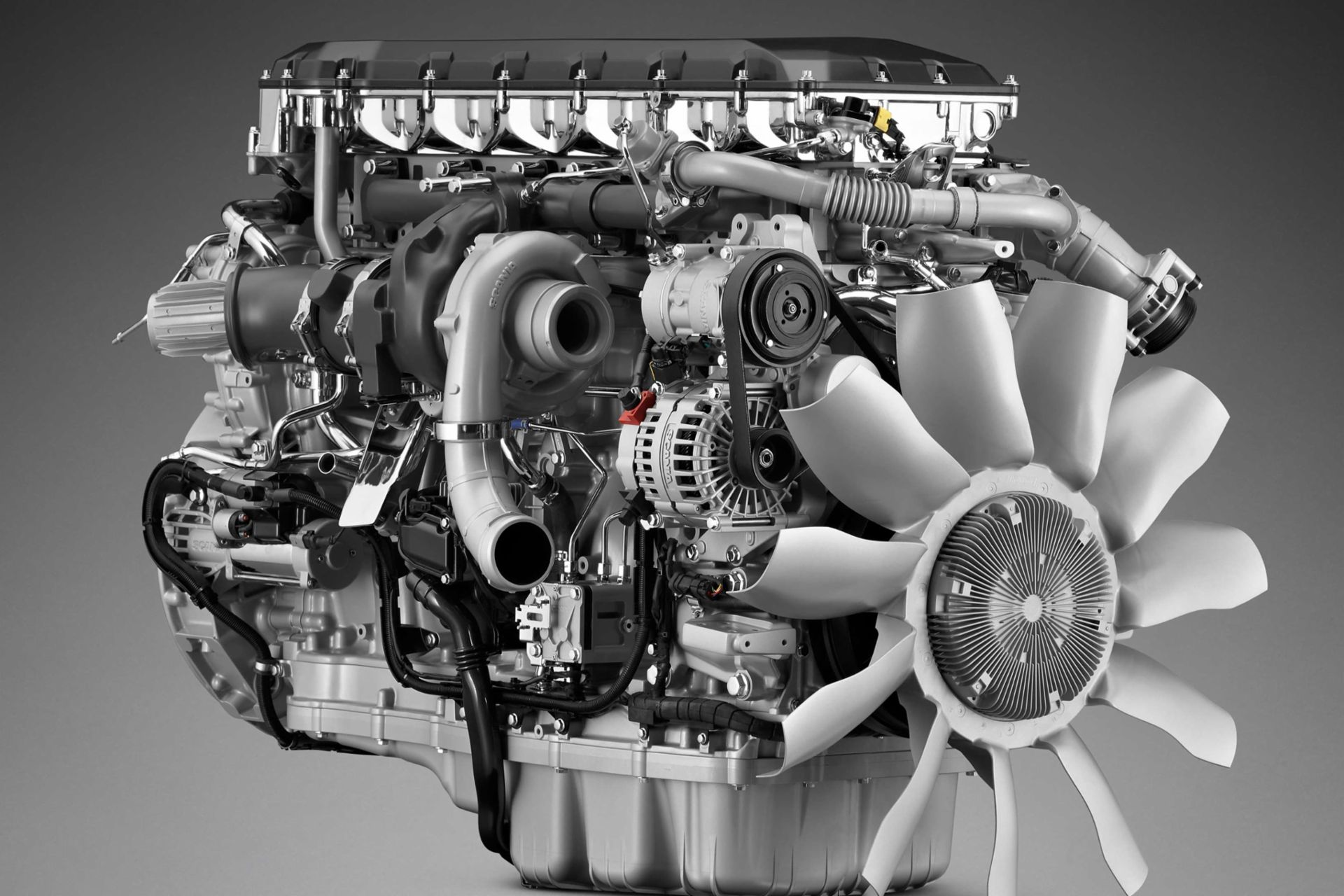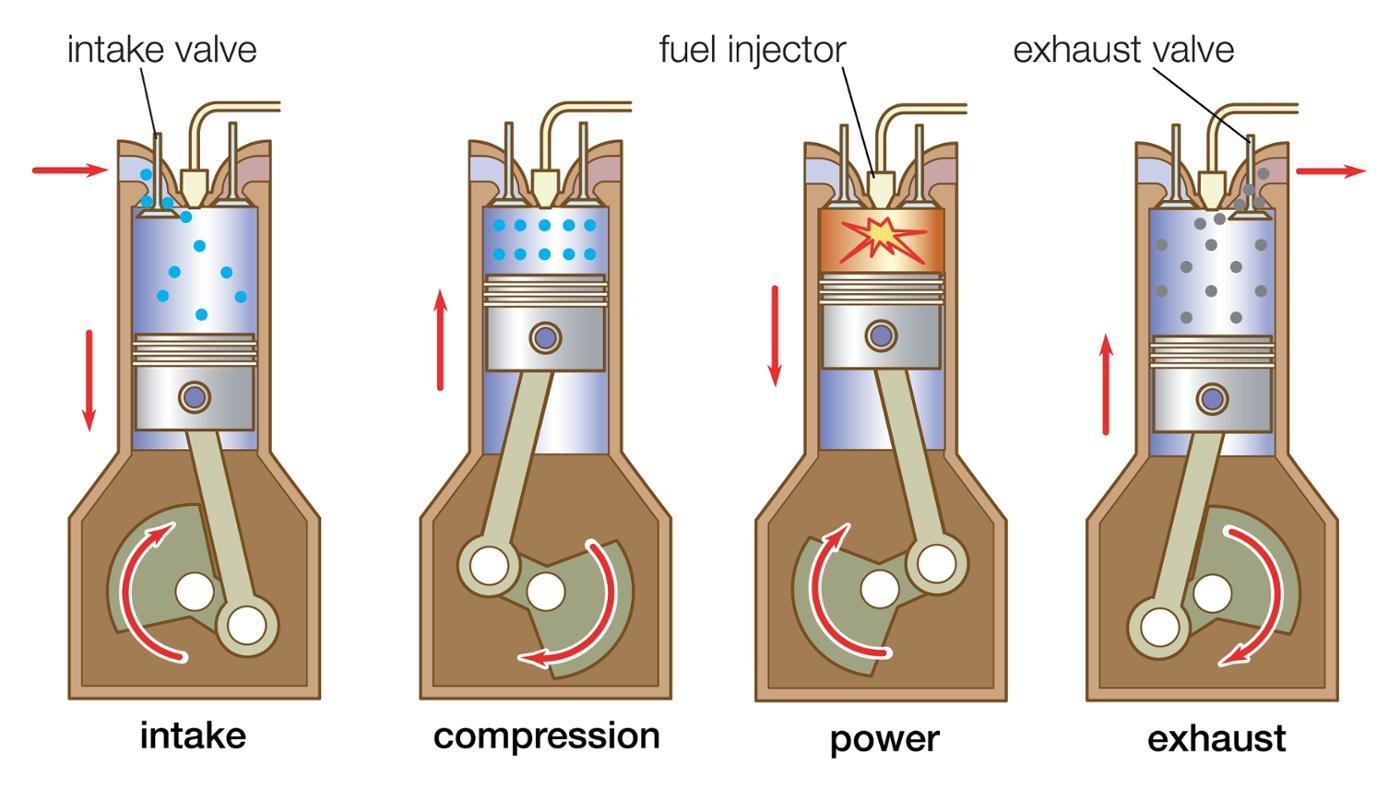Discover Top-Quality Engines for Africa at Our Dependable Car Components Shop
Discover Top-Quality Engines for Africa at Our Dependable Car Components Shop
Blog Article
The Quest for Ultimate Driving Power: Investigating the Pinnacle of Engine Performance and Technological Innovations in the Automotive Industry
In the world of automobile design, the pursuit of optimum driving power has been a ruthless pursuit that has unravelled through the advancement of engine design and the combination of cutting-edge innovations. From the thorough craftsmanship of burning engines to the rapid developments in electric propulsion systems, the automotive sector stands at the cusp of a new age identified by unprecedented efficiency capacities. As engineers and researchers dive deeper right into the worlds of computational fluid dynamics and check out cutting-edge fuel innovations, the perspective of opportunities expands significantly. Remain tuned as we unravel the complex tapestry of technical innovations that are shaping the future of automotive power and performance.
Development of Engine Style

Furthermore, the assimilation of turbocharging and turbo charging innovations has actually changed engine design by increasing power without considerably boosting engine dimension. These forced induction systems compress the intake air, permitting even more gas to be combusted, consequently creating greater power output from a smaller engine. This innovation has been especially critical in enhancing the performance of smaller displacement engines while preserving fuel effectiveness criteria.

Performance-Enhancing Gas Technologies
The application of innovative fuel modern technologies has dramatically added to enhancing engine efficiency in modern-day vehicles. Biofuels, acquired from sustainable resources like algae, corn, or sugarcane, offer minimized exhausts and enhanced engine performance. Additionally, fuel ingredients and detergents are being created to clean engine elements, enhance burning, and reduce friction, thereby enhancing overall car efficiency.
Advancements in Electric Propulsion
Substantial strides in electric propulsion innovation have actually revolutionized the automobile market, leading the method for a brand-new period of lasting and efficient transportation. Electric cars (EVs) are getting appeal as a result of their ecological advantages and advancements in battery technology, enabling longer driving ranges and shorter charging times. Manufacturers are investing greatly in r & d to improve the efficiency of electric propulsion systems, concentrating on increasing power output, enhancing power effectiveness, and minimizing general weight.
One remarkable advancement in electric propulsion is the development of innovative electrical motors that provide higher torque and power thickness, resulting in improved velocity and total driving performance. Additionally, learn this here now regenerative stopping systems have been improved to keep and capture power throughout deceleration, additional improving the efficiency of EVs.
Furthermore, the assimilation of wise technologies, such as artificial intelligence and predictive analytics, is maximizing the administration of electric propulsion systems, making certain ideal performance under numerous driving conditions. These advancements in electrical propulsion are reshaping the auto landscape, driving the market in the direction of a much more lasting and amazed future.
Impact of Computational Liquid Dynamics
With improvements in electric propulsion pressing the borders of automobile modern technology, the combination of Computational Liquid Dynamics is playing an essential role in optimizing wind resistant efficiency and improving total efficiency in automobile layout. Computational Fluid Characteristics (CFD) involves using computer system simulations to evaluate the circulation of air around a vehicle, making it possible for engineers to forecast how style adjustments will impact aerodynamics without the requirement for pricey physical models. By accurately modeling air flow patterns, CFD permits for the improvement of vehicle shapes to decrease drag, boost air conditioning, and enhance stability.
CFD allows designers to enhance air flow around components such as radiators, engine bays, and wheel wells, adding to boosted performance and overall driving experience. In conclusion, the assimilation of Computational Liquid Dynamics stands for a considerable step forward in the quest for ultimate driving power and performance in the vehicle market.
Future Trends in Engine Innovation
In the vibrant landscape of automobile design, sophisticated improvements are forming the future trajectory of engine development. The future of engine find more layout is marked by a strong focus on effectiveness, sustainability, and performance. Makers are increasingly concentrating on developing engines that not just deliver high power outcomes but likewise focus on environmental duty by improving and lowering emissions gas efficiency.
One famous fad in engine development is the rise of electrification. Hybrid and electrical powertrains are gaining traction as feasible alternatives to conventional burning engines. These innovations supply the potential for considerable decreases in carbon exhausts and enhanced energy performance, straightening with global efforts to deal with environment change.
Additionally, advancements in materials scientific research and production strategies are enabling the production of lighter and much more sturdy engine components. This shift towards light-weight products such as carbon fiber and light weight aluminum alloys adds to boosted performance and fuel economic climate.
Final Thought
Finally, the search of ultimate driving power in the automotive industry continues to drive improvements in engine style, gas modern technologies, electrical propulsion, and computational liquid dynamics. The development of these technologies is shaping the future of engine development, leading the way for a lot more powerful and efficient vehicles (engines for africa). As the industry proceeds to press the borders of what is feasible, we can anticipate to see much more revolutionary advancements in the pursuit for peak performance
One of the key landmarks in engine layout development is the shift from conventional carbureted engines to modern fuel-injected systems. By precisely metering the gas shipment to each cylinder, fuel-injected engines optimize burning, resulting in much better performance and decreased ecological effect.
In addition, see the assimilation of turbocharging and supercharging technologies has actually reinvented engine style by increasing power without significantly raising engine dimension (engines for africa).The implementation of innovative fuel modern technologies has actually significantly added to boosting engine efficiency in contemporary vehicles. In addition, fuel ingredients and detergents are being created to clean engine parts, optimize burning, and reduce rubbing, thus enhancing general lorry performance
Report this page